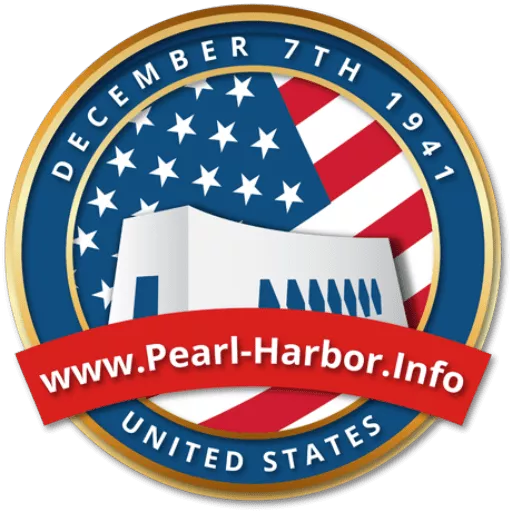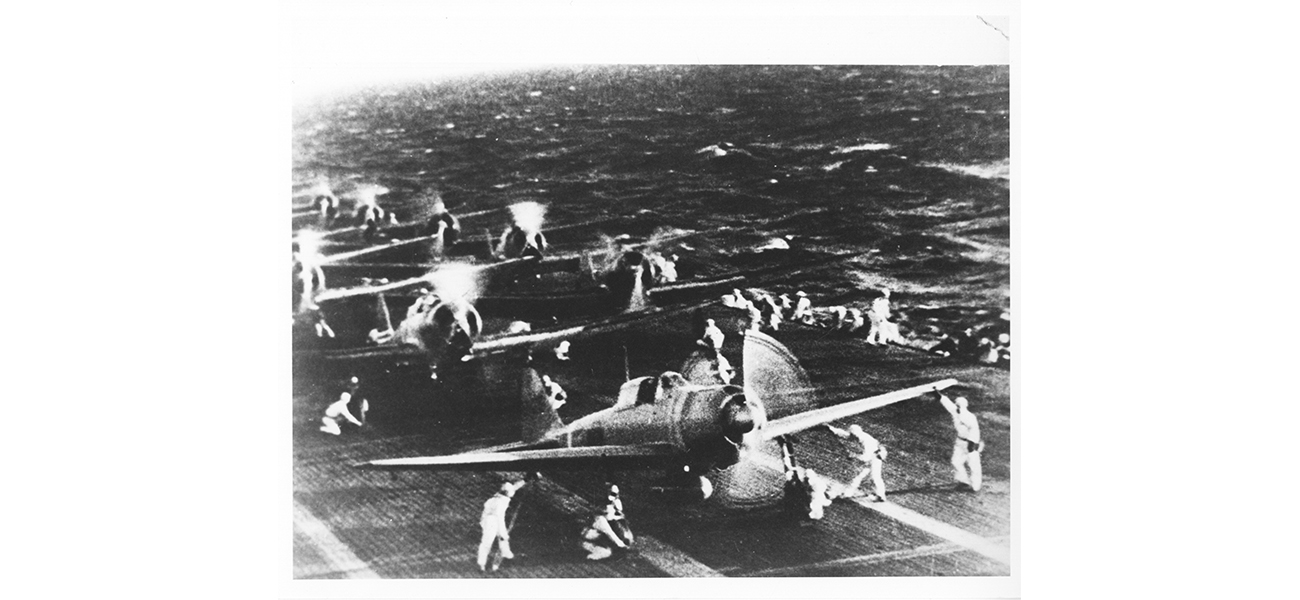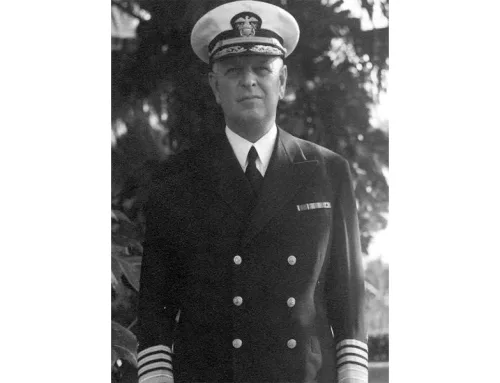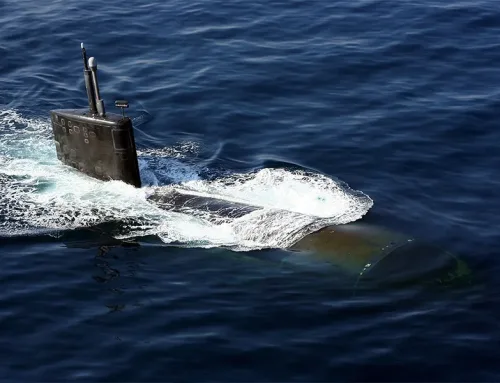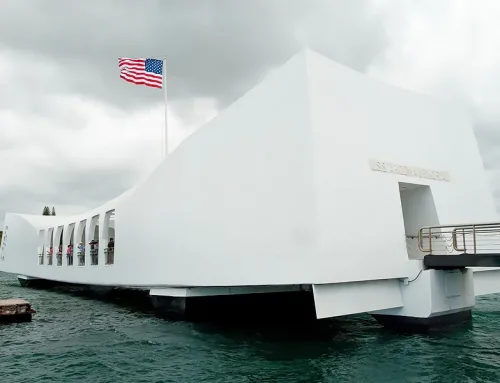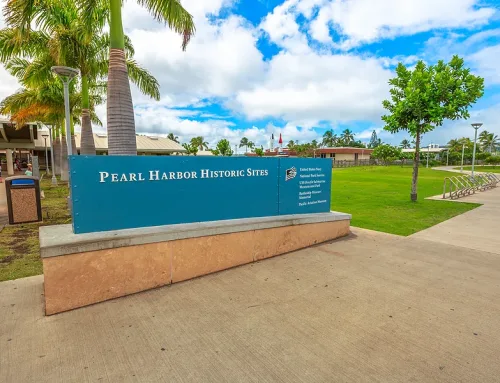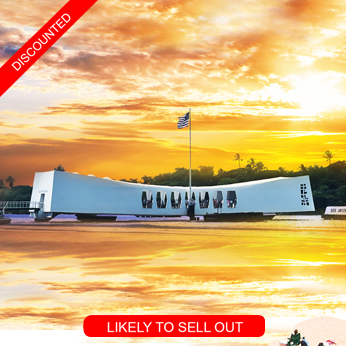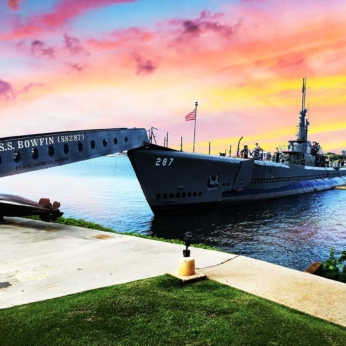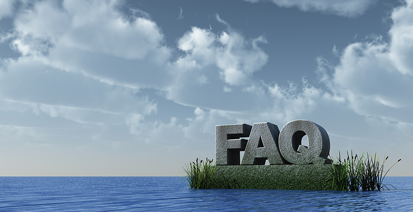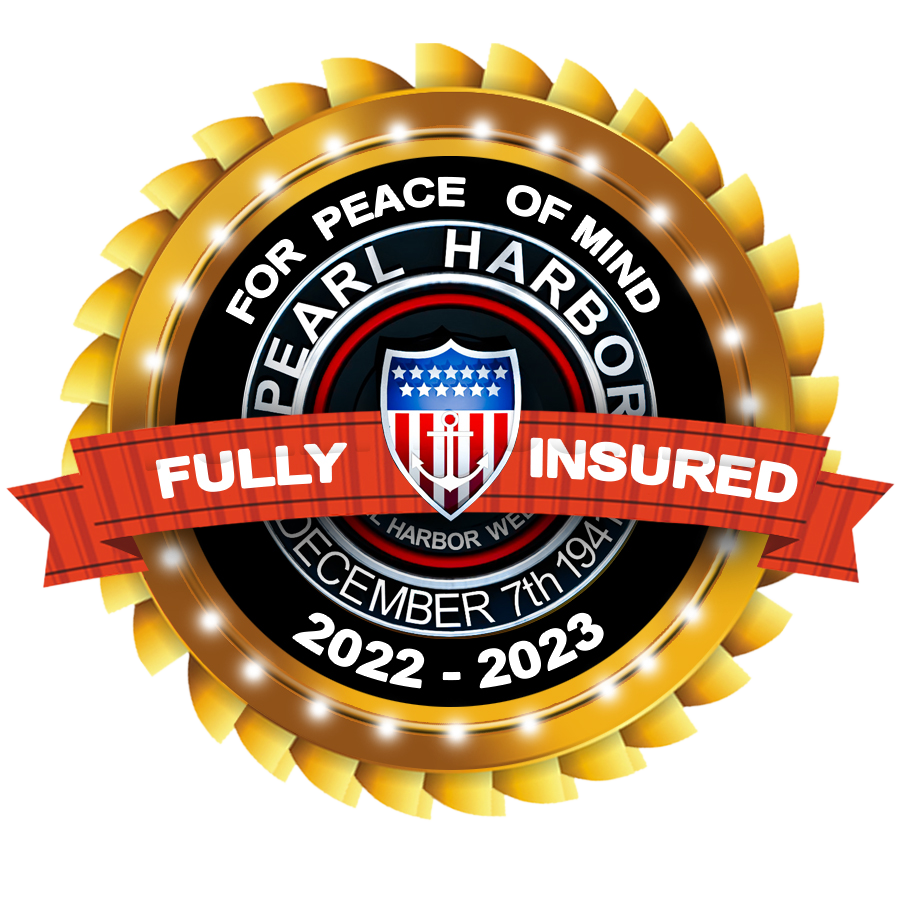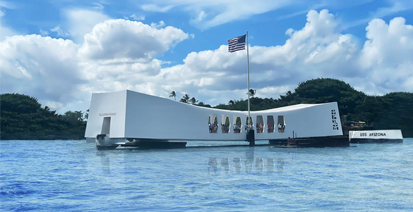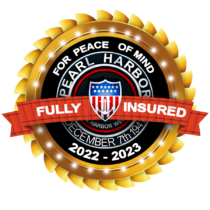Japan’s Attack Force at Pearl Harbor
National Archives at College Park - Still Pictures, Public domain, via Wikimedia Commons
December 7, 1941, is a date that will forever be etched in the annals of history. It marks the day when Japan launched a surprise military strike on the United States naval base at Pearl Harbor in Hawaii. Before diving into the specifics of the attack force, it’s essential to grasp the context in which the attack occurred. The late 1930s and early 1940s were marked by escalating tensions between Japan and the United States, primarily due to Japan’s aggressive expansion in Asia. The United States imposed economic sanctions and trade embargoes on Japan, aiming to curb its imperial ambitions. In response, Japan sought to secure its dominance in the Pacific, leading to the conception of the Pearl Harbor attack force.
The idea of attacking Pearl Harbor was first proposed by Admiral Isoroku Yamamoto, Commander-in-Chief of the Japanese Combined Fleet. Understanding the risks and potential rewards, Yamamoto meticulously planned the operation, ensuring every detail was accounted for. The plan aimed to deliver a crippling blow to the US Pacific Fleet, thereby preventing it from interfering with Japan’s expansion efforts. Japan assembled a formidable task force for the attack on Pearl Harbor. This force, known as the Kido Butai, was a striking example of Japan’s naval capabilities and included some of the most advanced warships and aircraft of the time. The task force comprised 6 aircraft carriers, 2 battleships, 3 cruisers, 9 destroyers, and several submarines and auxiliary vessels. This fleet was designed to provide a balanced and potent offensive capability, capable of launching a coordinated and sustained attack on Pearl Harbor.
Attack Arrangements of the Japanese Navy
The attack was orchestrated under the command of Vice Admiral Chuichi Nagumo, who was responsible for the overall execution of the mission. His subordinates, including Rear Admiral Tamon Yamaguchi and Captain Mitsuo Fuchida, played crucial roles in leading the air strikes and coordinating the naval elements of the attack.
The six aircraft carriers—Akagi, Kaga, Soryu, Hiryu, Shokaku, and Zuikaku—were the pride of the Japanese navy. These carriers were capable of launching hundreds of aircraft, making them the primary strike force in the attack. Complementing the carriers were battleships like the Hiei and Kirishima, along with cruisers such as the Tone and Chikuma. These ships provided critical support, including anti-aircraft defense and bombardment capabilities. 9 destroyers and numerous submarines formed the protective screen for the task force, ensuring the carriers and larger ships were shielded from enemy attacks. The submarines also had specific missions to disrupt any US counter-attacks. The success of the Pearl Harbor attack hinged largely on Japan’s air power, which was divided into different squadrons with specific targets and missions. Japan deployed a variety of aircraft for the attack, including Mitsubishi A6M Zero fighters, Nakajima B5N torpedo bombers, and Aichi D3A dive bombers. Each type of aircraft had a specialized role, from dogfighting to launching torpedoes and bombs. The aircraft were armed with torpedoes, bombs, and machine guns. Special modifications were made to the torpedoes to function effectively in the shallow waters of Pearl Harbor. Bombs were also tailored to penetrate battleship armor, maximizing their destructive potential. Technological advancements played a crucial role in the success of the attack. Japan utilized radio communication for coordination, and the pilots were equipped with the latest navigational tools to ensure precision in their strikes.
The Attack
The first wave of the attack began at 7:55 AM, targeting airfields and battleships. The second wave followed at 8:40 AM, focusing on ships and shipyard facilities. Each phase was designed to maximize damage and confusion among US forces. The primary targets included battleships like the USS Arizona and USS Oklahoma, as well as airfields such as Hickam Field. Destroying these assets was crucial to incapacitating the US Pacific Fleet. The attack on Pearl Harbor had immediate and long-term consequences for the United States. In just over two hours, the attack resulted in the destruction or damage of 18 ships, including eight battleships, and over 300 aircraft. Around 2,400 American soldiers were killed, and 1,000 were wounded. The attack severely crippled the US Pacific Fleet, but it also galvanized American resolve. The United States quickly mobilized for war, with an unprecedented surge in military production and recruitment.
The United States declared war on Japan on December 8, 1941, marking its entry into World War II. This decision transformed the conflict, leading to the eventual defeat of the Axis powers. Pearl Harbor fundamentally altered the course of World War II and reshaped global geopolitics. It demonstrated the devastating potential of aerial warfare and the importance of intelligence and preparedness.
The attack highlighted the need for vigilance and readiness in the face of potential threats. It also underscored the importance of technological innovation and strategic planning in military operations.
The attack on Pearl Harbor remains a powerful reminder of the impact of strategic military planning and the consequences of global conflict. By examining the composition and execution of Japan’s attack force, we gain a deeper understanding of this historic event and its enduring legacy.
Most Popular Oahu Tours
Best Pearl Harbor Tours

The following tours are recognized as the most popular Pearl Harbor Tours on Oahu. While generally, our price is the lowest in the market now, for a limited time, they are on sale too. Please be advised that Pearl Harbor tickets and USS Arizona Memorial tickets are included in all of our Arizona Memorial Tours, Pearl Harbor small group tours, and private Pearl Harbor tours.
